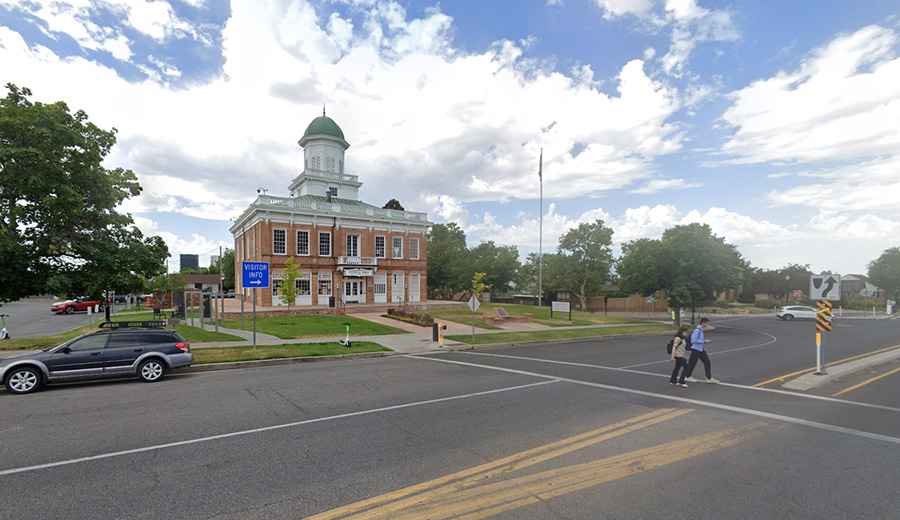What Makes These Salt Lake Intersections So Dangerous for Cars?
Salt Lake City is a growing urban hub with a mix of heavy traffic, expanding infrastructure, and scenic roadways. But beneath the mountain views and grid layout lies a serious safety issue. Some of the city’s intersections have become hotspots for collisions. Whether you are a daily commuter or a weekend traveler, chances are you have navigated one of these danger zones.

And if you have found yourself dealing with injuries or vehicle damage after an auto accident, you already know how quickly a routine drive can turn into a life-altering event. So, what exactly makes these intersections so risky?
High Traffic Volume Meets Urban Sprawl
Salt Lake City has seen steady population growth over the last decade, bringing with it more cars, more congestion, and more impatient drivers. Intersections like State Street and 3300 South, or 700 East and 2100 South, see thousands of vehicles daily. The sheer volume increases the probability of crashes, especially during peak commuting hours when drivers are in a rush to get home or to work.
The high-volume intersections leave very little room for error. A moment of distraction, like checking a text or hesitating at a left-hand turn, can lead to a fender bender or a much more serious crash.
Some intersections in Salt Lake City were not designed to accommodate today’s traffic levels or vehicle speeds. A great example is North Temple and Redwood Road, a busy junction that features multiple lanes, traffic lights, and turning options that can confuse even the most seasoned drivers. Poor visibility, unclear lane markings, and abrupt merging patterns all make navigation more difficult. When drivers are not sure where to go, it sets the stage for side-impact collisions and rear-end crashes.
Failure to Yield and Aggressive Driving
According to crash data, failure to yield is one of the top causes of accidents in the city. This often happens at intersections where drivers try to beat a yellow light or turn left without waiting for a proper gap. At intersections like 400 South and 900 East, or State Street and 4500 South, this behavior is common and dangerous.
Add in aggressive driving, speeding through the light, cutting lanes without signaling, tailgating, and you have a recipe for serious injury. Drivers in a hurry may not always prioritize safety, especially when they think they have the right-of-way.
Pedestrian and Cyclist Activity
Many Salt Lake intersections are in mixed-use zones, close to parks, schools, and shopping centers. Intersections like 1300 South and 900 West, for instance, are surrounded by foot traffic and bicycle lanes. This increases the potential for multi-party collisions involving not just vehicles, but also pedestrians and cyclists. When drivers do not double-check crosswalks or ignore bike lanes while turning, the risks skyrocket. These accidents tend to be severe, especially when vulnerable road users are involved.
Distracted and Impaired Driving
The influence of distracted driving, including texting, adjusting navigation apps, or even eating while driving, cannot be ignored. Distracted drivers are less likely to notice red lights, stop signs, or crossing pedestrians in time to react. Now add in impaired driving, whether from alcohol, drugs, or even fatigue, and intersections become high-stakes environments. A single bad decision can cause a chain reaction of injuries and property damage.
Conclusion
While you cannot control what other drivers do, you can reduce your risk by driving defensively, staying alert, and giving yourself plenty of space at intersections. But if you do find yourself in a crash, it is important to know your rights and get help navigating the legal and insurance aftermath. At that point, speaking with an attorney can make all the difference, especially when dealing with mounting medical bills or vehicle repairs after an auto accident. Legal support can help you understand your options and pursue fair compensation.